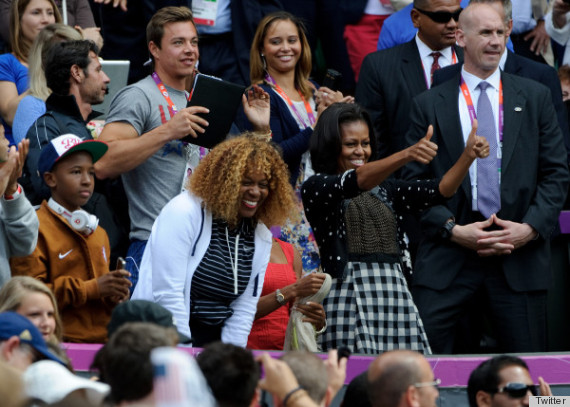Our students are taught from a young age to be proud of being American. They are taught that ours is the best nation on the planet. There is nothing wrong with these lessons. However, it is also important for them to realize that for other people, a different nation might feel like the best one. This alternative perspective is just as important for children to learn so that they can interact from people from all over the world in a positive way. Our students also experience America as a secure place full of promise. Migrants who are entering America for the first time might not feel the same way.
As part of a 4 day lesson I created based on that workshop, called Transnational Migration in the Era of Big Business, students looked at photographs that help them see America as a migrant may have for the first time at Ellis Island in the late 19th and early 20th centuries. Some of the photos are difficult. In fact, Colonel John Weber, commissioner of Ellis Island at the time, described the migrants as "hapless pathetic creatures" who were part of "frequent scenes of misery."
This one shows the long crowded lines they had to wait in upon arrival. Perhaps the large American flag on display was supposed to inspire them to be patient, but after a long journey across the Atlantic, I'm sure these slow lines were daunting. I can't imagine what it might have been like to stand in these lines with young children after an endless cramped journey across the ocean.
This one shows some of the embarassing physical exams migrants had to endure. While the health of those entering the country seemed like a legitimate concern for American immigration officials, the public examinations were invasive and dehumanizing.
After analyzing these and other photos, students read accounts of real migrants' experiences. These are excerpts from a book by Vincent Cannato.
 Some ended happily and some were tragic. One who had a happy ending was Bartolomeo Stallone from Italy.
Some ended happily and some were tragic. One who had a happy ending was Bartolomeo Stallone from Italy.A much sadder story came from the Mermer family of Russia:Sixteen-year-old Bartolomeo Stallone also faced exclusion. Arriving from Italy in September 1911, Stallone was headed for his brother’s home in St. Louis, where he would work as a barber. At Ellis Island, Dr. E. H. Mullan certified the young man as “afflicted with flat deformed chest, lack of muscular development (poor physique), which affected ability to earn a living.” Stallone appealed his case, but August Sherman, acting in place of William Williams, reaffirmed the deportation order, noting that Stallone was “quite frail in appearance.”
When Stallone’s case landed on the desk of Secretary Nagel, he ordered that the immigrant be admitted on a $500 bond, most likely posted by his brother. After three weeks in detention at Ellis Island, Stallone was released. Two years later, Bartolomeo requested that the bond be cancelled. He had to report to officials in St. Louis, who found that the young man was making $12 a week as a barber. Though he had no savings, he told officials: “I live well, dress well, and send money home to my father and mother in Italy, so I haven’t anything saved up.” Impressed by the now-eighteen-year-old, officials canceled the bond and declared him: “Physically fit for admission and that there is little or no likelihood that he will become a public charge.” pg 209-210
February 1892At the end of the lesson, students demonstrated what they learned about the migrant experience by sketching. They had 3 options and could choose to draw:
Russian Jewish immigrants …[experienced an] obvious lack of concern here at an American port. …steamship officials had forced these sickly passengers to cross the harbor to Ellis Island in an open barge in frigid weather.
Among those worn refugees… was the Mermer family: Fayer, her husband Isaac, and their five young children. The Mermers had managed to survive both the trip to Ellis Island and the inspection process and would soon begin their lives in America at a temporary lodging house at 5 Essex Street on Manhattan’s Lower East Side, provided for them by the United Hebrew Charities.
Twelve days after their arrival, the Mermers’ world was thrown into even greater turmoil. City health officials forcibly entered their Essex Street tenement, dragging Fayer, already sick with fever, out of the building kicking and screaming. Along with her son Pincus and daughter Clara, Fayer was forced into quarantine as city officials moved quickly and brusquely to deal with a highly contagious typhus fever outbreak. One week later, Fayer would be dead, though her children would recover. pg 70-71
- the emotions and feelings of the migrant,
- the scene a migrant had witnessed based on the information from one of the excerpts, or
- a side-by-side representation of what the migrant expected America to be and the reality.

















